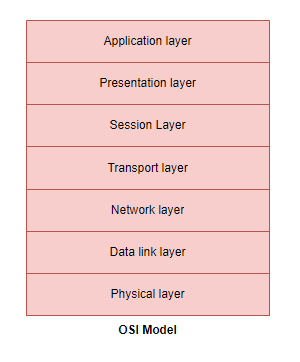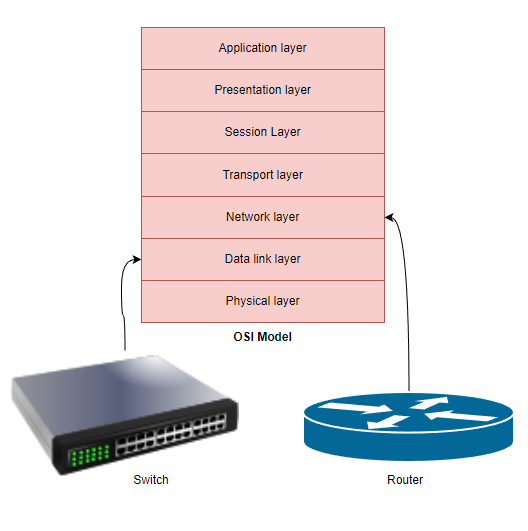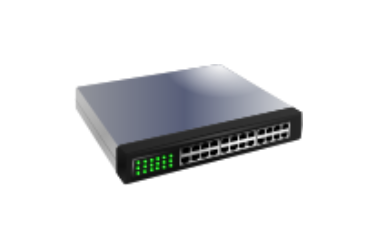Alright, buckle up, because we’re about to dive into the tech wonderland where switches and routers play the superhero roles in making our data dance across networks like a well-choreographed ballet. Meet the maestros of the show – the Open Systems Interconnection (OSI) model, a seven-layered rockstar conceptual framework that turns the chaos of network communication into a harmonious symphony.

So, picture this: the OSI model is like the ultimate rulebook, laying out the game plan for all the hardware and software to join forces and make data travel smoothly through the cyber space. It’s like the universal language that makes sure your devices can chat with each other, no matter where they are or what kind of techno-jungle they come from.

Now, let’s talk about the rockstars of the show – switches and routers. They’re like the dynamic duo, each with its own superpowers, operating at different layers of the OSI model.
Switches are like the smooth operators of the local network scene. They hang out at Layer 2, the Data Link Layer. Their gig is connecting devices within the same gang, making sure they exchange messages flawlessly. Think of them as the matchmakers for devices on the same team. They’re all about MAC addresses – it’s like their secret handshake for passing data within the local network.

On the other side of the spectrum, we’ve got the routers – the network globetrotters. They operate at Layer 3, the Network Layer. Routers are like the traffic cops of the internet highway. They connect different neighborhoods (networks) and make sure the data knows its way around. Unlike switches, routers are all about IP addresses – the GPS coordinates for data to navigate between different networks

Now, let’s break down the battle of the titans – switches vs. routers:
- Functionality: Switches are the local network champions, connecting devices in the same area. Routers, on the other hand, are the inter-network heroes, linking different areas.
- Addressing: Switches love MAC addresses, while routers are all about IP addresses.
- Broadcast Domains: Switches keep it cozy, not dividing broadcast domains. Routers, however, create natural borders between neighborhoods.
- Packet Filtering: Switches focus on MAC addresses, while routers can filter packets based on IP addresses. It’s like switches are checking IDs at the local pub, and routers are the bouncers at the international airport.
- Scope: Switches are the kings of local hangouts (LANs), ensuring high-speed connections. Routers are the global diplomats, linking various networks, even hooking up LANs to the internet.
In the grand finale, switches and routers often join forces in modern networks. It’s like having the local rock band (switches) jamming with the international superstar (routers) to create a seamless, secure, and efficient communication experience.
So, there you have it – switches and routers, the unsung heroes making sure your data has a backstage pass to travel the network stages with flair and precision. It’s like a digital dance, and these guys are the choreographers ensuring every step is on point!


